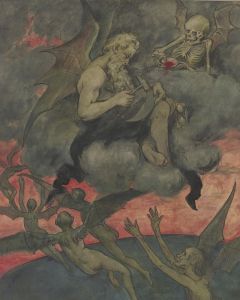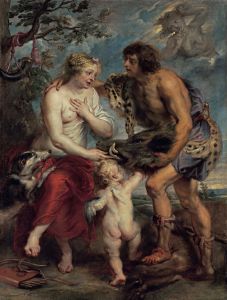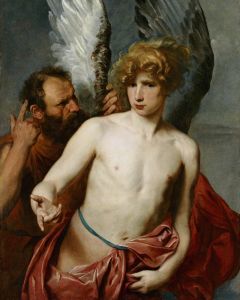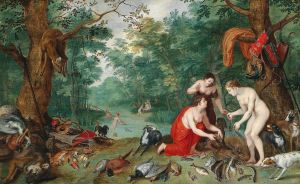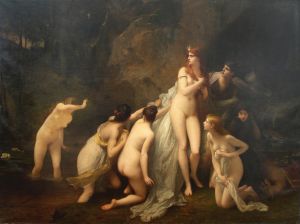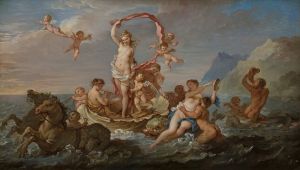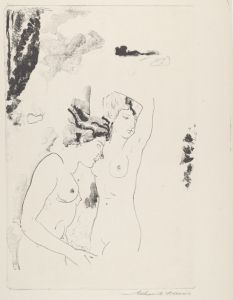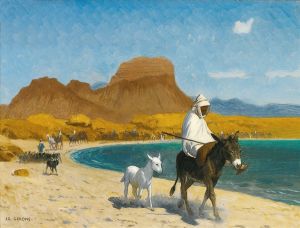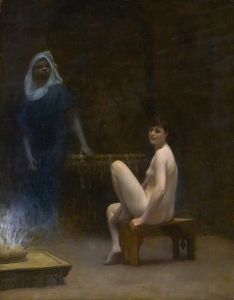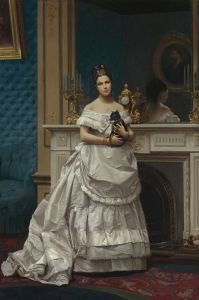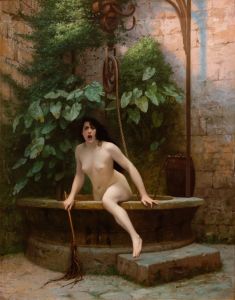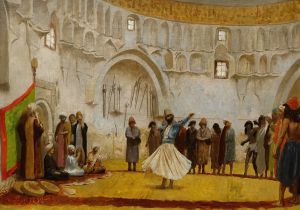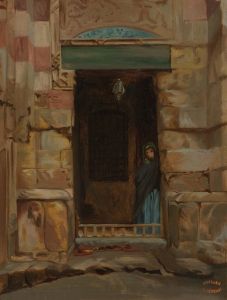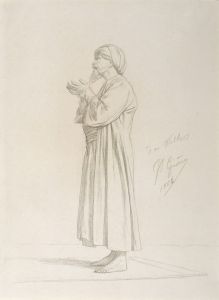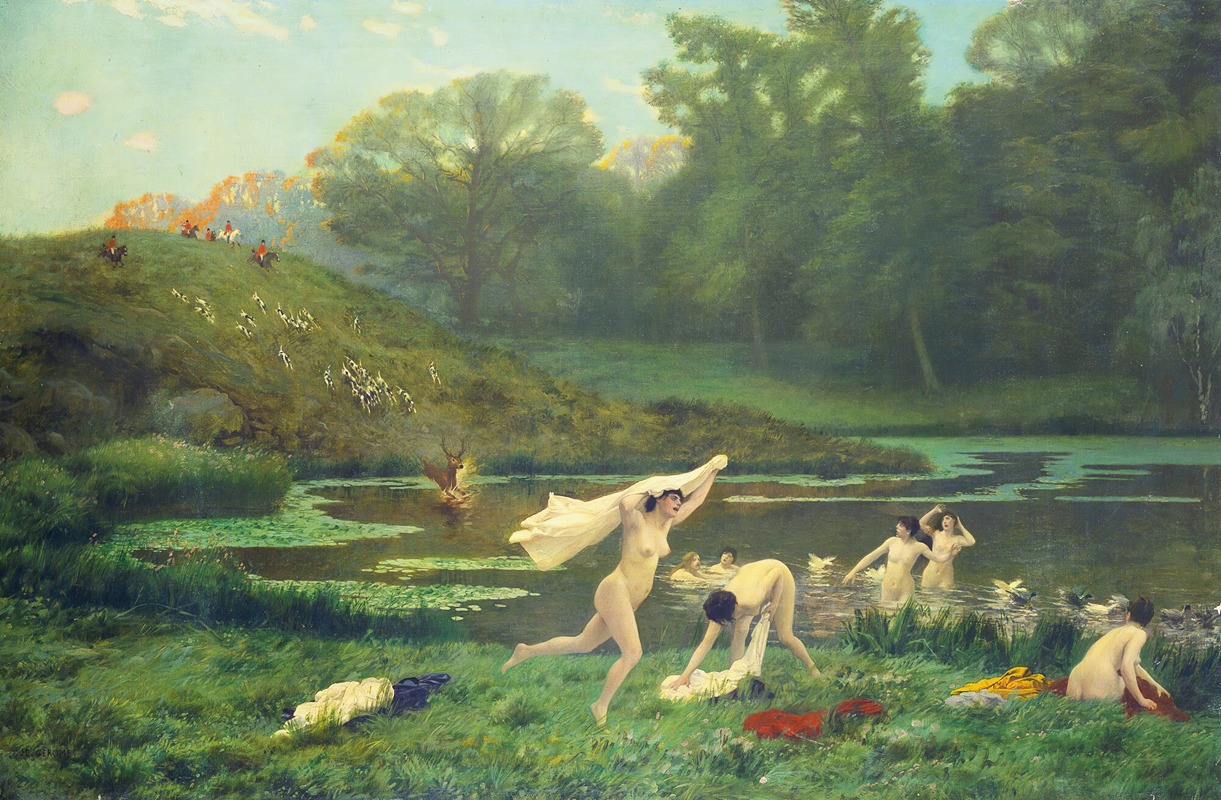
Diane Et Actéon
A hand-painted replica of Jean-Léon Gérôme’s masterpiece Diane Et Actéon, meticulously crafted by professional artists to capture the true essence of the original. Each piece is created with museum-quality canvas and rare mineral pigments, carefully painted by experienced artists with delicate brushstrokes and rich, layered colors to perfectly recreate the texture of the original artwork. Unlike machine-printed reproductions, this hand-painted version brings the painting to life, infused with the artist’s emotions and skill in every stroke. Whether for personal collection or home decoration, it instantly elevates the artistic atmosphere of any space.
Jean-Léon Gérôme, a prominent 19th-century French academic painter, created "Diane et Actéon" (Diana and Actaeon) as part of his extensive body of work that often explored themes from classical mythology, history, and Orientalism. Gérôme was known for his meticulous attention to detail, polished technique, and ability to bring mythological and historical subjects to life with dramatic intensity.
"Diane et Actéon" depicts a scene from Ovid's Metamorphoses, a classical Roman text that has inspired countless works of art throughout history. The story revolves around Actaeon, a hunter who accidentally stumbles upon the goddess Diana (Artemis in Greek mythology) while she is bathing with her nymphs. Enraged by his intrusion, Diana transforms Actaeon into a stag, and he is subsequently hunted and killed by his own hounds. This myth has been interpreted as a cautionary tale about the consequences of violating divine privacy or overstepping mortal boundaries.
In Gérôme's interpretation, the painting captures a moment of tension and drama, characteristic of his storytelling approach. Diana is often portrayed as a figure of divine beauty and authority, while Actaeon is depicted in a state of shock or realization. Gérôme's use of light, composition, and anatomical precision enhances the emotional impact of the scene. The artist's academic training is evident in the careful rendering of the human form and the naturalistic details of the setting.
While Gérôme's works were celebrated during his lifetime, they also faced criticism from proponents of modern art movements, such as Impressionism, which emerged in opposition to the academic style. Nevertheless, Gérôme's paintings, including "Diane et Actéon," remain significant for their technical mastery and their role in preserving the traditions of academic art.
The exact date of creation for "Diane et Actéon" is not definitively documented, but Gérôme was active during the mid-to-late 19th century, producing works that often revisited mythological and historical themes. The painting is part of Gérôme's broader exploration of classical antiquity, which resonated with the tastes of his contemporaries and patrons.
As of now, "Diane et Actéon" is held in a private collection or museum, though specific details about its current location or provenance are not widely available. Gérôme's legacy endures through his contributions to 19th-century art and his influence on subsequent generations of artists.





